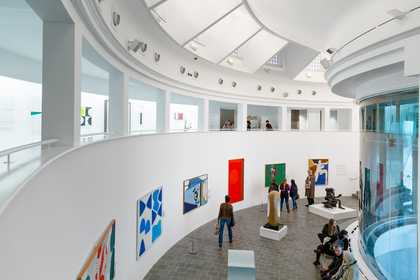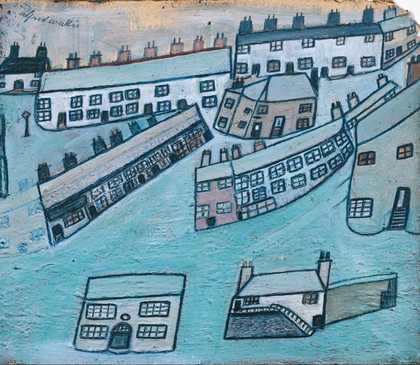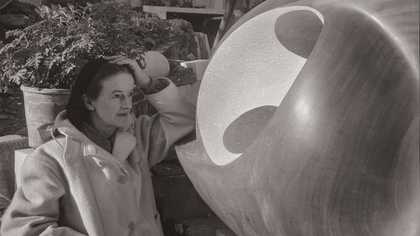Explore the history of modern art in St Ives
Modern Art and St Ives is the first of a series of displays drawn from the Tate collection, exploring the histories and ideas of modern artists working in and around the town during the last century. It is intended as an introduction to the local, national and international significance of a historic artist community, which is still thriving today.
This first gallery highlights some of the modern artists who are commonly associated with St Ives. It leads into galleries 2–4 which consider the artistic exchanges between Europe, London and St Ives that were shaping modern British art just before and after the Second World War. Within this tumultuous period, the migration of artists and ideas contributed to St Ives emerging as a centre for post-war modern British art.
The display continues in galleries 7–8 which show the wider international contexts surrounding modern art from the viewpoint of post-war St Ives. Gallery 7 highlights how sculptors working with abstract forms shared concerns with their counterparts in Britain and abroad. Gallery 8 considers how painters broke new ground from the 1960s onwards, departing from gestural abstraction in favour of creating new and more diverse perspectives on art and society.
Gallery 9 is also called The St Ives Studio and houses oral histories, archive materials, books, photos, films and online resources.
Tate St Ives



